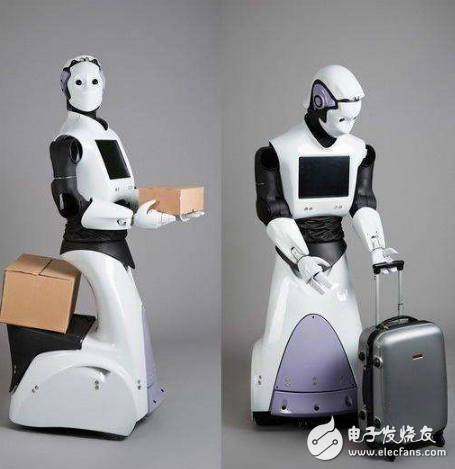In recent years, the use of robots has become increasingly widespread, and we are on the verge of entering a new era of intelligent robotics. However, significant challenges still need to be addressed within the service robot industry. The rise of intelligent robots is expanding the application scenarios and service models of service robots, offering great opportunities for China’s service robot industry to overtake in the global market. That said, it's important to note that China’s robotics sector still lags behind in terms of technology and key component manufacturing, which limits the growth of service robots.
Over the past few years, the global service robot market has experienced steady growth. According to the International Federation of Robotics, the number of professional service robots sold worldwide reached 13,741 units in 2010, representing a 4% year-on-year increase, with sales reaching $32 billion, up by 15%. Meanwhile, personal and family service robots saw sales of 2.2 million units, a 35% increase, and revenue of $538 million, up 39%.

At their core, service robots represent the fusion of artificial intelligence, electronics, and mechanical engineering. AI needs physical platforms to deliver greater value, and service robots serve as one of the most promising carriers of this technology. Currently, the industrialization process of service robots is quite varied—some sub-segments have matured and entered growth phases, but overall, the industry is still in its early stages, with many areas remaining in the infancy phase.
Domestic manufacturers often rely on downstream system integration, while key components like reducers, controllers, and servo systems are largely imported. According to Zhao Jie from Harbin Institute of Technology, China's service robots lack autonomy in functional software and core technologies. The three essential components—servo systems, motion control systems, and precision reducers—are mostly imported, with high-end parts accounting for 70–80% of imports. This reliance on foreign components increases production costs and hinders mass adoption in the consumer market.
Despite growing interest in technical directions such as precise perception, artificial muscles, cognitive interaction, and efficient power batteries, these areas are not entirely the right focus. Instead, the industry should prioritize addressing pain points such as demand scaling, modular standardization, and cost control. Rather than chasing universal bionics, efforts should be directed toward specialization and practical breakthroughs.
Although there is huge potential for service robots in China, the industry remains in the early stages of commercialization. Technological maturity and reliability still need improvement, especially for household and individual use. Additionally, issues like data security, ethical concerns, and regulatory gaps must be addressed before widespread adoption can occur.
Many companies simply integrate speech recognition, computer vision, and semantic analysis into their robots, without delivering real value to users. As a result, many manufacturers are shifting their approach, focusing more on user needs and experiences to create meaningful, value-driven service robots.
The industrial structure of China’s service robot market is still evolving, and while the market opportunity is strong, the path forward is challenging. High-frequency demand areas like home assistance are attracting significant investment. Moreover, the government’s strong emphasis on AI, now clearly outlined in official reports, signals a long-term commitment. Compared to achievements in industrial robotics, service robots still have a long way to go.
With more service robots emerging every day, the future undoubtedly belongs to artificial intelligence. However, despite the fast-paced development and bright prospects, the industry must also face and solve existing challenges in a rational and effective manner.
Stereo Plug Cable Adapter,Audio Plug Cable Adapter,Stereo Audio Plug Cable Adapter,Audio And Video Connector
Changzhou Kingsun New Energy Technology Co., Ltd. , https://www.aioconn.com